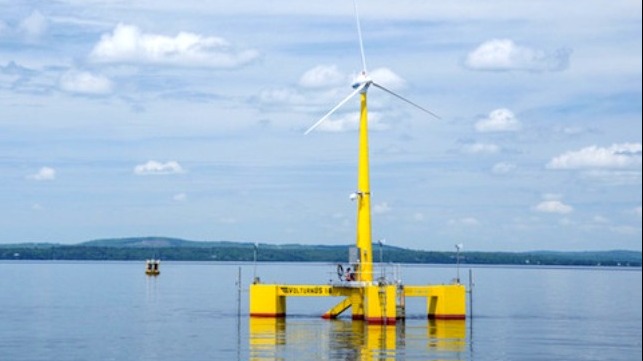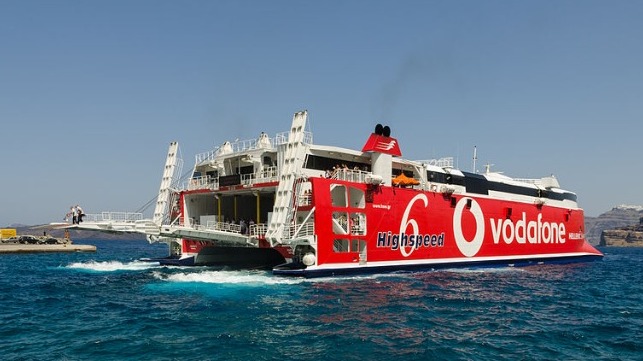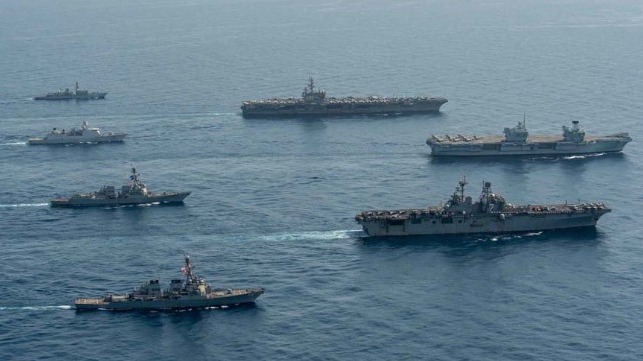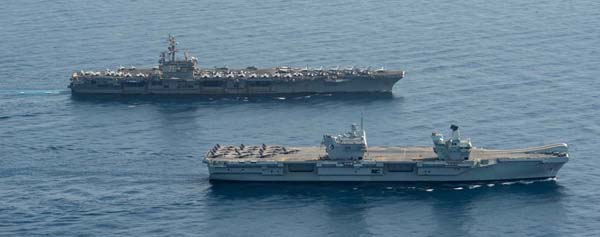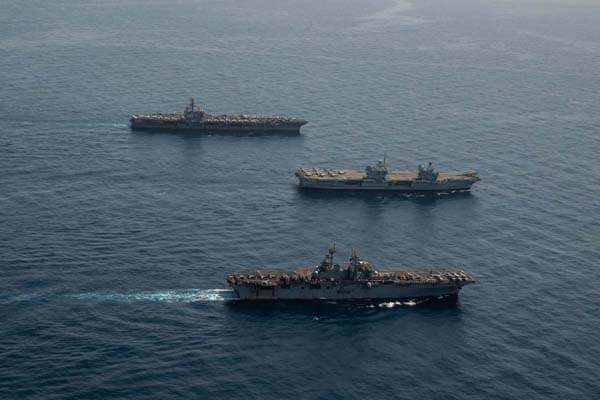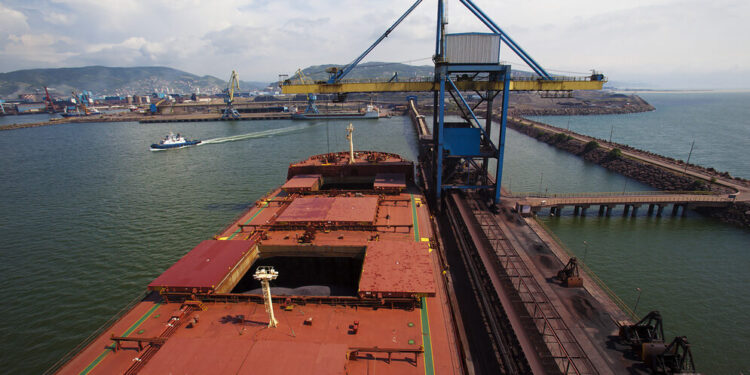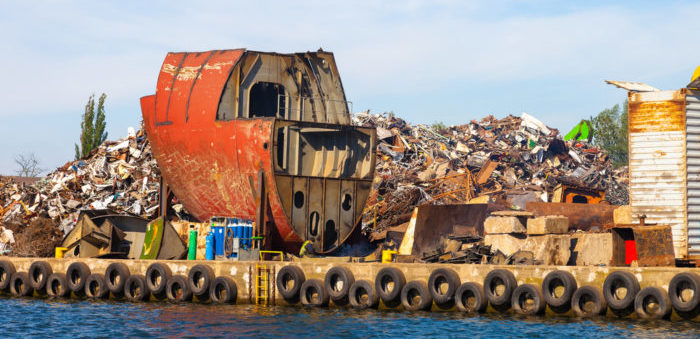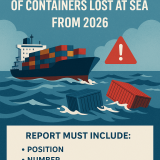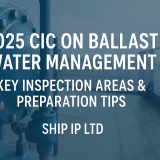Most of the countries negotiating a global overhaul of cross-border taxation of multinationals have backed plans for new rules on where companies are taxed and a tax rate of at least 15%. Only the shipping industry is exempted.
According to Reuters, the Paris-based Organisation for Economic Cooperation and Development said a global minimum corporate income tax of at least 15% could yield around $150 billion in additional global tax revenues annually.
New rules on where the biggest multinationals are taxed aims to shift taxing rights on more than $100 billion of profits to countries where the profits are earned.
Commenting on this development, U.S. President Joe Biden, said:
With a global minimum tax in place, multinational corporations will no longer be able to pit countries against one another in a bid to push tax rates down. They will no longer be able to avoid paying their fair share by hiding profits generated in the United States, or any other country, in lower-tax jurisdictions
Furthermore, the minimum corporate tax does not require countries to set their rates at the agreed floor but gives other countries the right to apply a top-up levy to the minimum on companies’ income coming from a country that has a lower rate.
Technical details are to be agreed by October so that the new rules can be implemented by 2023.
What is more, the new minimum tax rate of at least 15% would apply to companies with turnover above a 750-million-euro ($889-million)threshold, with only the shipping industry exempted.
The new rules on where multinationals are taxed have as a goal to divide the right to tax their profits in a fairer way among countries. This emerged due to the development of digital commerce, which made it possible for big tech firms to book profits in low tax countries.
Finally, companies considered in scope would be multinationals with global turnover of more than 20 billion euros and a pre-tax profit margin above 10%, with the turnover threshold possibly coming down to 10 billion euros after seven years following a review.
SOURCE READ THE FULL ARTICLE
https://safety4sea.com/shipping-exempted-from-new-global-minimum-corporate-tax/

